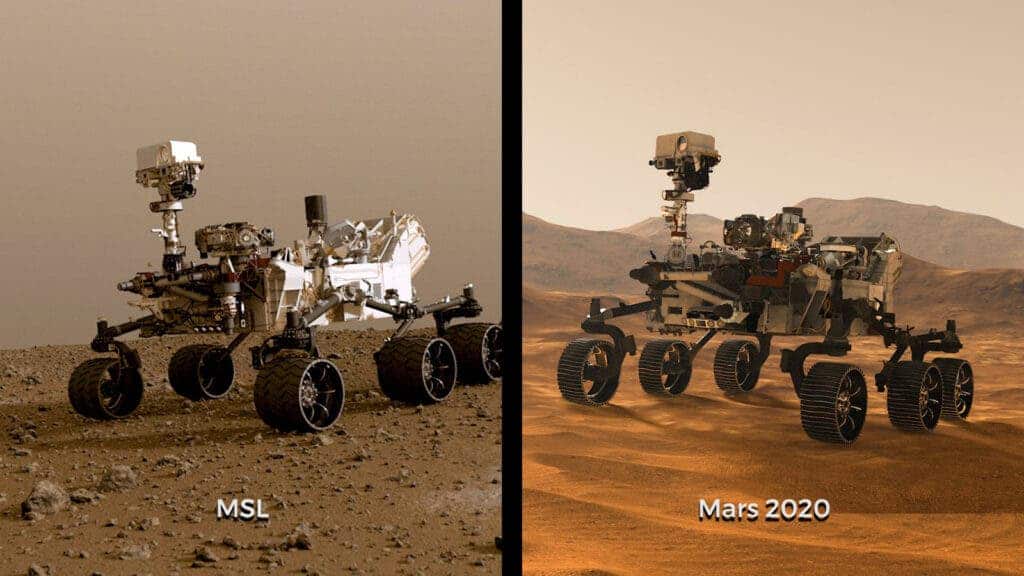Today, February 18, NASA will land a new rover on the red planet at 4 PM ET. The Mars rover, Perseverance, is tasked with exploring the Jezero crater in search of alien life. But first, the rover will have to go through a pretty complex maneuver that will see it plunge through Mars’ thin atmosphere and deploy parachutes for a safe landing. To make things extra challenging, NASA also included the launch of a helicopter!
You can see all of this live in the stream embedded in this post. Alternatively, you can watch Perseverance’s landing on Mars on NASA’s website.
A new rover, a new beginning for science on Mars
“Perseverance is going to land in Jezero Crater and there is evidence of minerals such as clays formed through hydrothermal activity. It’s a good place to start to explore the role of meteorite impacts in the origin of life, as long as they look out for the habitats, nutrients, and building blocks for life that we outlined in our study,” said Dr. Gordon Osinski, who is the Director of Western’s Institute for Earth and Space Exploration.
Like its predecessor Curiosity, which is still operational and making great science, Perseverance is a semi-autonomous mobile science platform, aka a rover. It’s about the size of a small car and it’s been designed to be sturdy enough to last for years in Mars’ extreme environment.

Both Curiosity and Perseverance are powered by a radioisotope thermoelectric generator. However, Perseverance is substantially chunkier, being over 100 kg heavier. This extra weight is owed to an extra turret on the end of its robotic arm, which NASA plans on using to drill for samples. The wheels have also been made beefier for extra wear protection.
There are a bunch of other new instruments, too. These include five more cameras than Curiosity for a total of 23, multiple microscopes and spectrometers, a ground-penetrating radar that can detect water ten meters below the surface, and a wide range of sensors that measure everything from temperature and humidity to wind speed and direction.
How will Perseverance land on Mars?
Like Curiosity’s 2012 landing, Perseverance will deploy a huge parachute followed by a powered descent, and a final touchdown using the Skycrane system. What’s very different this time is that the powered descent stage will employ visual localization such that the boosters will fire to actively navigate to the safest landing spot possible. Here’s how this spectacular landing should look like.
What’s the deal with that helicopter?
After Perseverance makes its touch down on Mars, the rover will move towards a flat area from which it will deploy the Mars Helicopter, also known as Ingenuity. Over a period of 30 days, the helicopter is supposed to make five flights with the sole purpose to prove that controlled autonomous flight is actually possible in the Martian atmosphere, which is about a thousand times thinner than on Earth.






